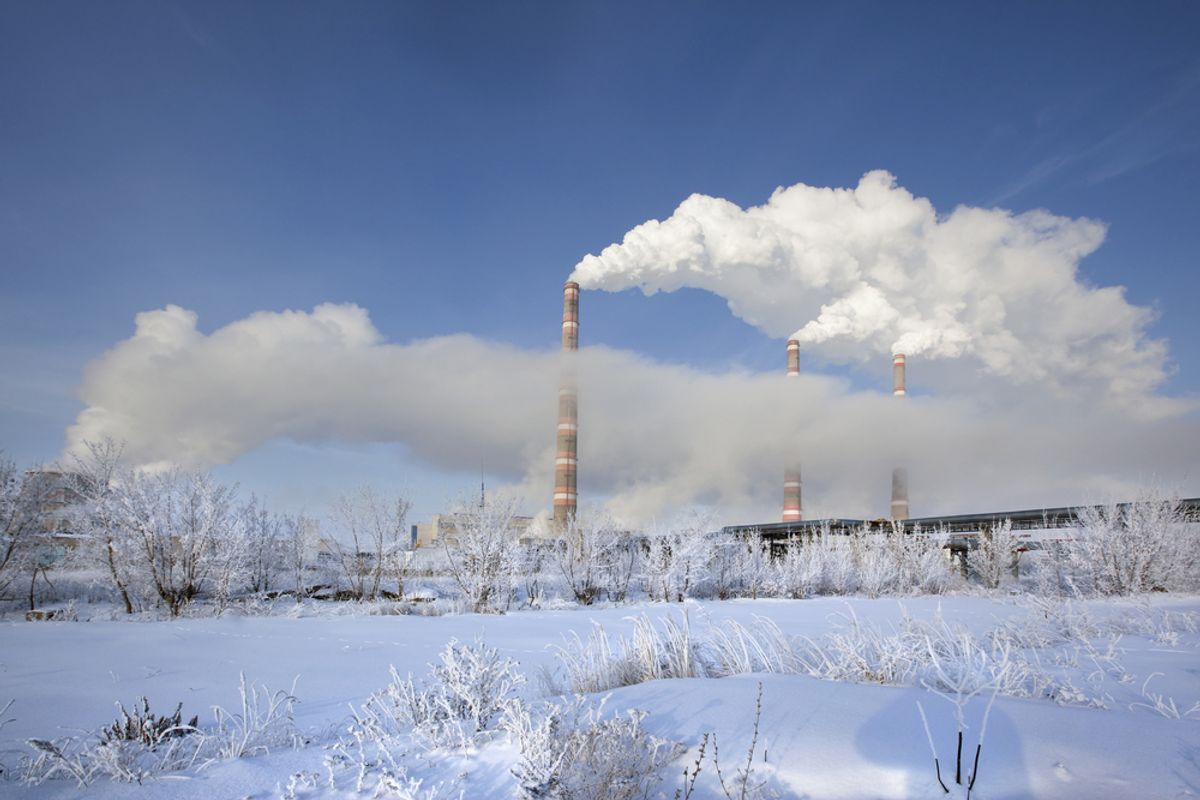There's some tentative science to suggest that the polar vortex may have been linked to climate change. There's a near scientific consensus that the burning of coal and other fossil fuels is contributing to climate change -- not to mention a host of public health threats. Hence the reason why environmental rules are expected to force about 6 percent of the nation's coal capacity into retirement by 2020.
The way the coal industry sees it, however, this winter's brutal weather demonstrates exactly why we should be calling for more, not less, dirty energy.
The polar vortex did cause electricity costs to rise this winter, by as much as 10 times last year's average in many parts of the country. And according to Bloomberg News, energy companies say that's reason enough to embrace older and dirtier coal plants, along with aging nuclear reactors:
Edison Electric Institute, the Washington-based trade group of U.S. investor-owned utilities, is turning to the latest series of cold snaps to bolster their lobbying of the Obama administration and state regulators to keep coal and nuclear generators alive.
“I’ve been advocating fuel diversity so you don’t get overly dependent on any one particular fuel source,” the group’s president, Thomas Kuhn, said during a Feb. 11 interview at Bloomberg News headquarters in New York. “On a regional basis we still want to keep that in mind.”
The recent cold spell exposed the vulnerability of the power sector as more coal plants are retired, said Roshan Bains, director of the utilities, power and gas group at Fitch Ratings Ltd.
...“Coal’s not going away,” Mike Loreman, head of U.S. coal origination at Mercuria Energy Trading SA, said in Austin, Texas, on Feb. 19. “This winter has shown the potential for coal to flex.”
So are we stuck in a flat circle of extreme weather and increased fossil fuel consumption? Climate Progress, for one, has a better idea:
Ironically, the coal industry’s argument applies even better to renewables. Power sources like solar, wind, and storage plug directly into the existing electrical infrastructure — and unlike oil, natural gas, or coal, they don’t require transporting any physical fuel. States with large amounts of wind power avoided blackouts during the polar vortex, because the weather drove up wind energy production even as it put more strain on the grid. And solar power in Australia has taken the edge off the strain heat waves are placing on that country’s electrical infrastructure.

Shares